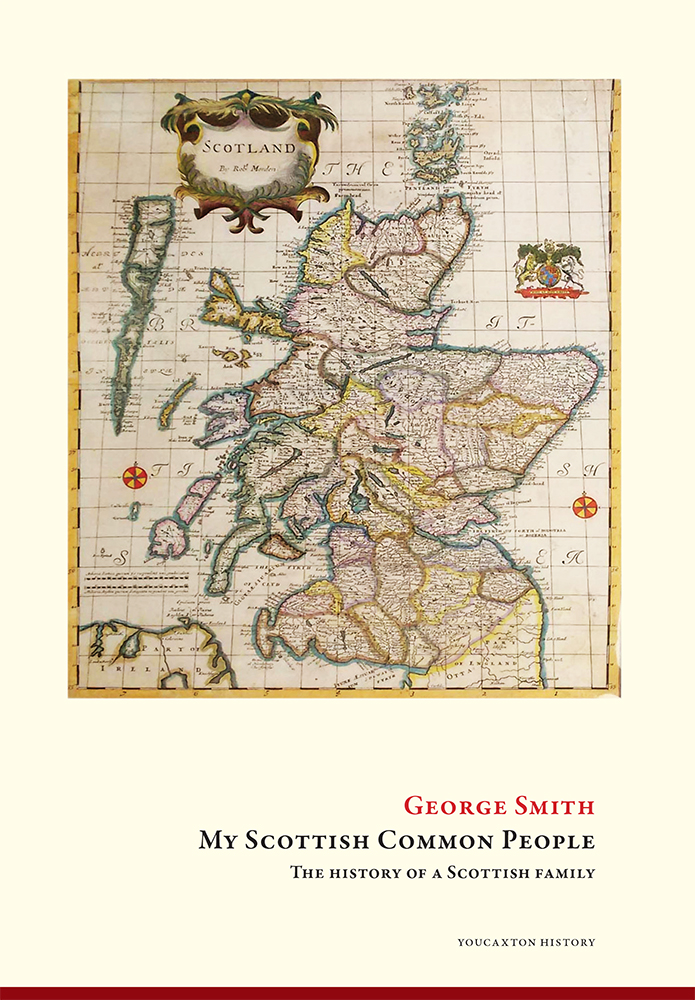
|
This book tells of the life events of ordinary people and their pursuit of livelihoods. Included are: members of a congregation that quit the Church of Scotland over a point of principle in 1733, a thirteen-year-old fisherman who joined the naval militia during the Napoleonic war, a politically active shoe clicker who supported a Proletarian Sunday School, a stone mason who helped to build Stevenson lighthouses, an Orkney ploughman and family who migrated to Dundee for a better life, a poor agricultural labourer given free oatmeal and cash from the the Church of Scotland, a widowed mother who survived as a seamstress. All are representative, including, and perhaps especially, a handloom weaver, later soldier, who was in a mutiny in 1794. |
Available from Amazon |
||||||||
|
|
||||||||||
Category Archives: history
My Scottish Common People: The history of a working-class family over 400 years
A Purely Agricultural Parish
David Pracy
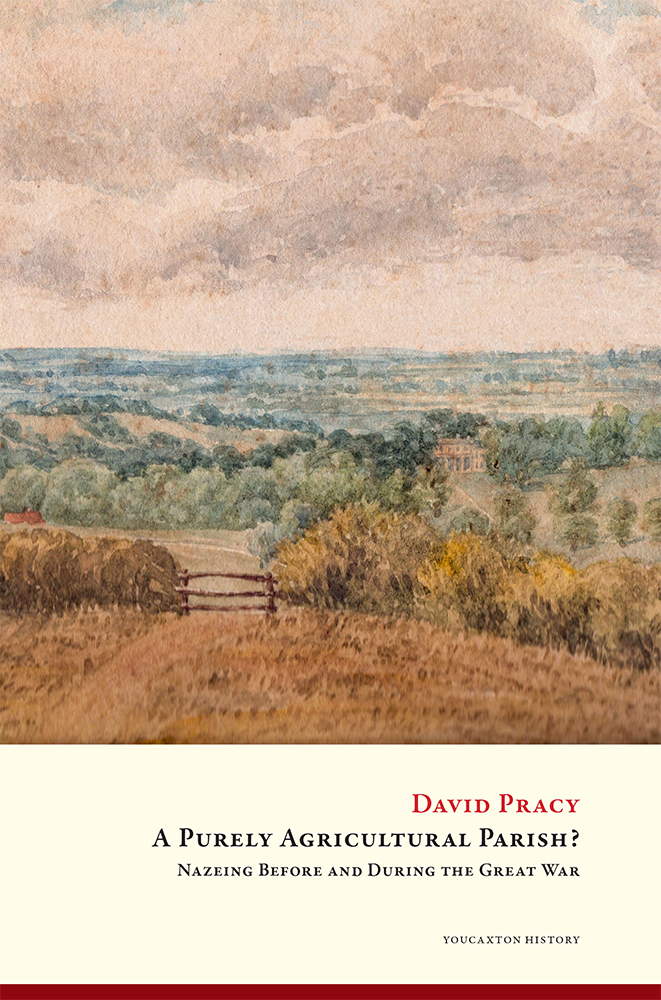
|
|
Available from Amazon |
||||||||
|
|
||||||||||
The 1926 General Strike in the Black Country
David Taylor
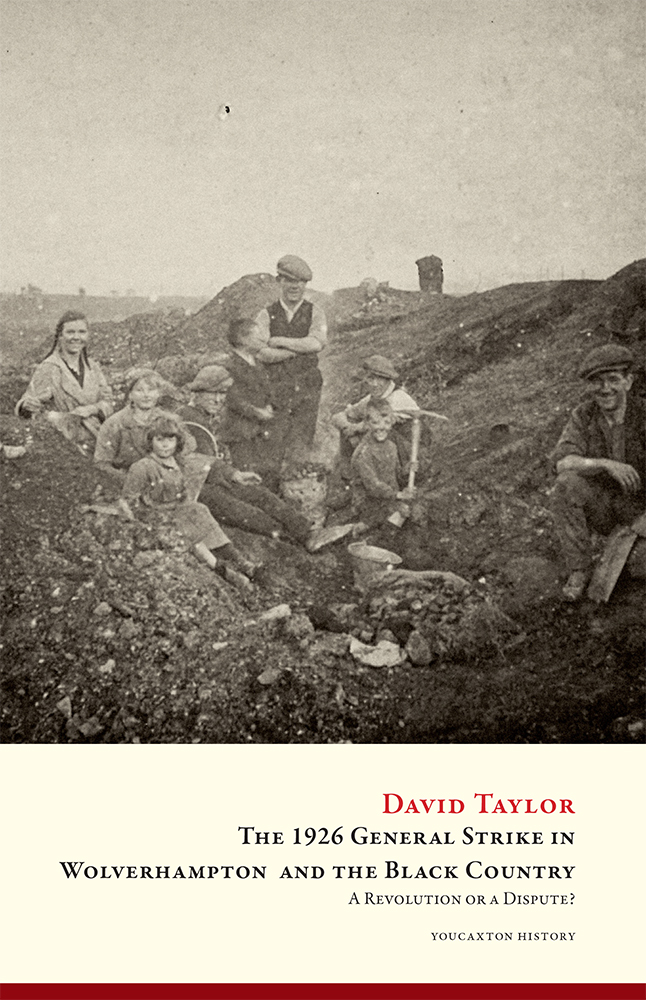
|
|
Available from Amazon |
||||||||
|
|
||||||||||
The Impact Of World War One on the Smestow Vale Villages
David Taylor
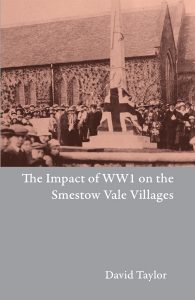
|
|
£5.00 (+ £2 postage) Number of copies: |
||||||||
|
|
||||||||||
The Shrewsbury Drapers Company
Nigel Hinton
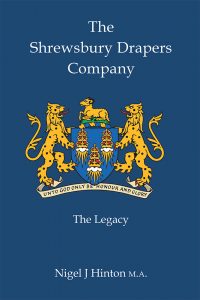
|
|
Paperback: £17.50 (+ £2 postage) Number of copies: Hardback: £25.00 (+ £2 postage) Number of copies: |
||||||||||
|
He is married to Bridget they have three daughters and four grandchildren. Nigel`s other publications include Historical Hostelries with David Trumper, Silhouette, the story of the Little X, and a book for children, Baa Baa Blodwyn |
||||||||||||
An account of the achievements of John White, one of the true founding fathers of America
David Cuckson
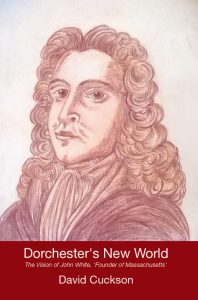
|
|
Available from Amazon |
||||||||
|
|
||||||||||
History of medieval Weymouth and its evolution as a trading port.
James Crump
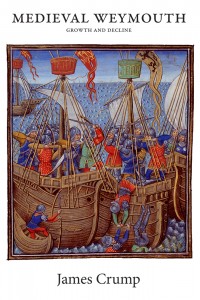
|
|
Pay with PayPal £6.99 (+ £2 postage) |
||||||||
|
| ||||||||||
Reviews...
The story of Father Ignatius’s community at New Llanthony Abbey
Hugh Allen
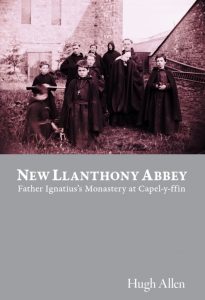
|
|
Available from Amazon |
||||||||
|
Hugh Allen tells the story of Ignatius’s community from its origins in early 1860s East Anglia to its migration to Wales in 1870, its history through the following four decades (including the controversial 1880 Apparitions), and its demise after the founder’s death in 1908. He also describes the later history of the former monastery, home in the 1920s to the sculptor and typographer Eric Gill and for many years to the family of his eldest daughter, and brings the story up to date with information about the Father Ignatius Memorial Trust and the continuing appeal of New Llanthony as a place of pilgrimage.
|
||||||||||
The Church Times
In the midst of the burgeoning religious fervour of 19th-century Britain, the tragic-comic figure of Joseph Leycester Lyne [Fr Ignatius] must surely represent the epitome of … the “virtuoso religion” of some of its more enthusiastic and eccentric characters. As such, a book like Hugh Allen’s has been lacking for a long time….. The whole work is forensically researched, meticulously referenced, and fluently written – a winning combination that makes it as enjoyable as it is useful – and the footnotes are often as interesting and informative as the main body of the text. Lyne was either a faithful thwarted prophet or a volatile pious lunatic. Perhaps he was a heady combination of both; but Allen leaves that judgement to the reader, and does so in a masterly fashion. This book has been well worth the wait.
William Davage, New Directions, December 2016
‘An enjoyable, constructive, detailed and compelling study … This is a substantial and significant book, well-researched, rooted in thorough archival sources and attractively, if weightily, presented … comprehensive in its scope, measured and considered in its judgements.'
News Letter of the Anglo Catholic History Society, Autumn 2016
Much meticulous research has gone into this substantial book … Hugh Allen has utilised a wide range of archive relating to Ignatius himself and the community and its associates across the whole the chequered range of its history … All in all this book is a fascinating compendium of information about a bizarre and ambiguous monastic experiment.